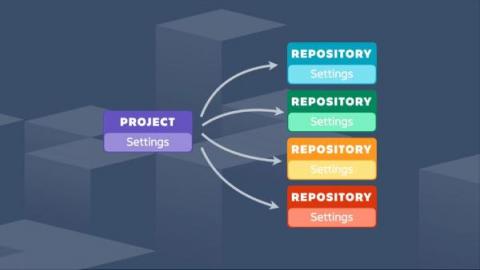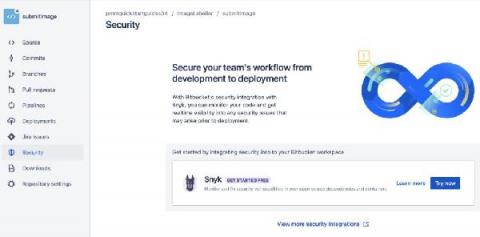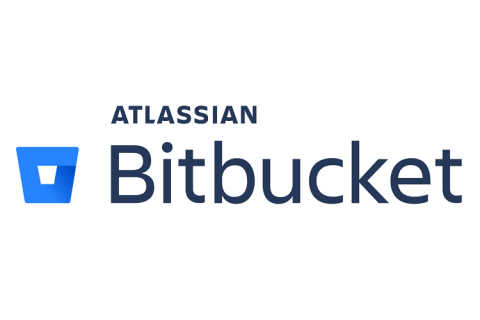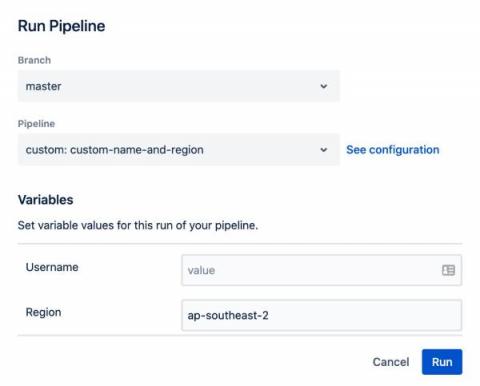Project Settings are now available in Bitbucket Cloud!
Workspace admins can now set the following project-level settings: default reviewers, access keys, branching model, and merge strategies. These project settings can be inherited by all the repositories in the project.








